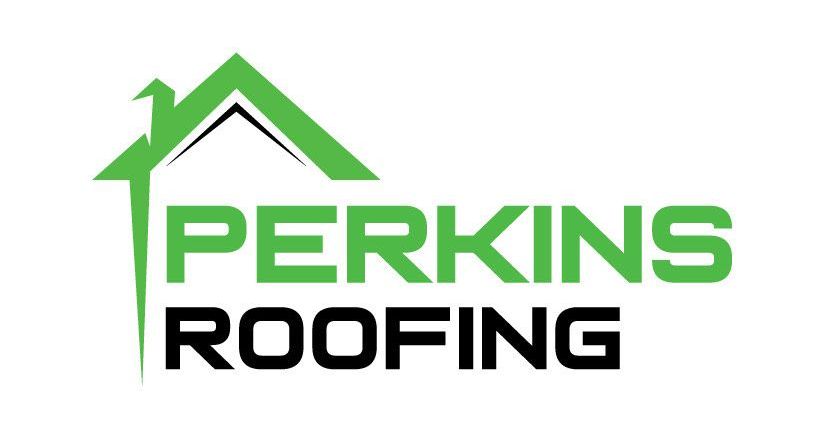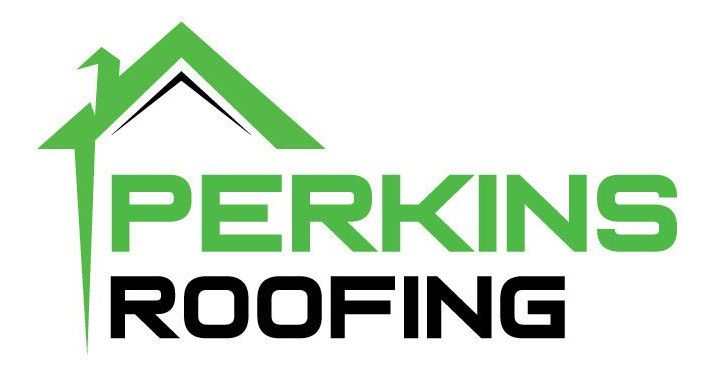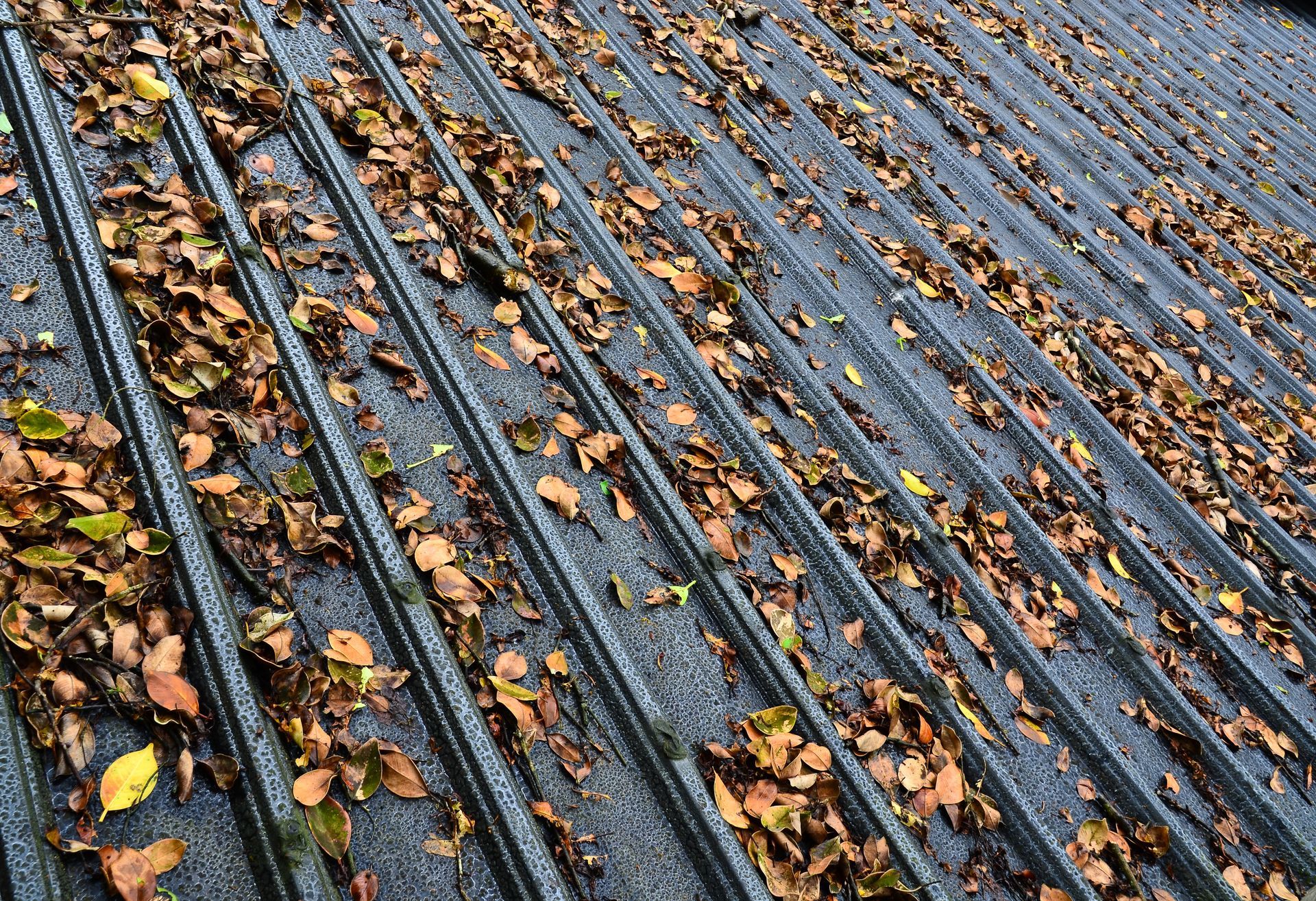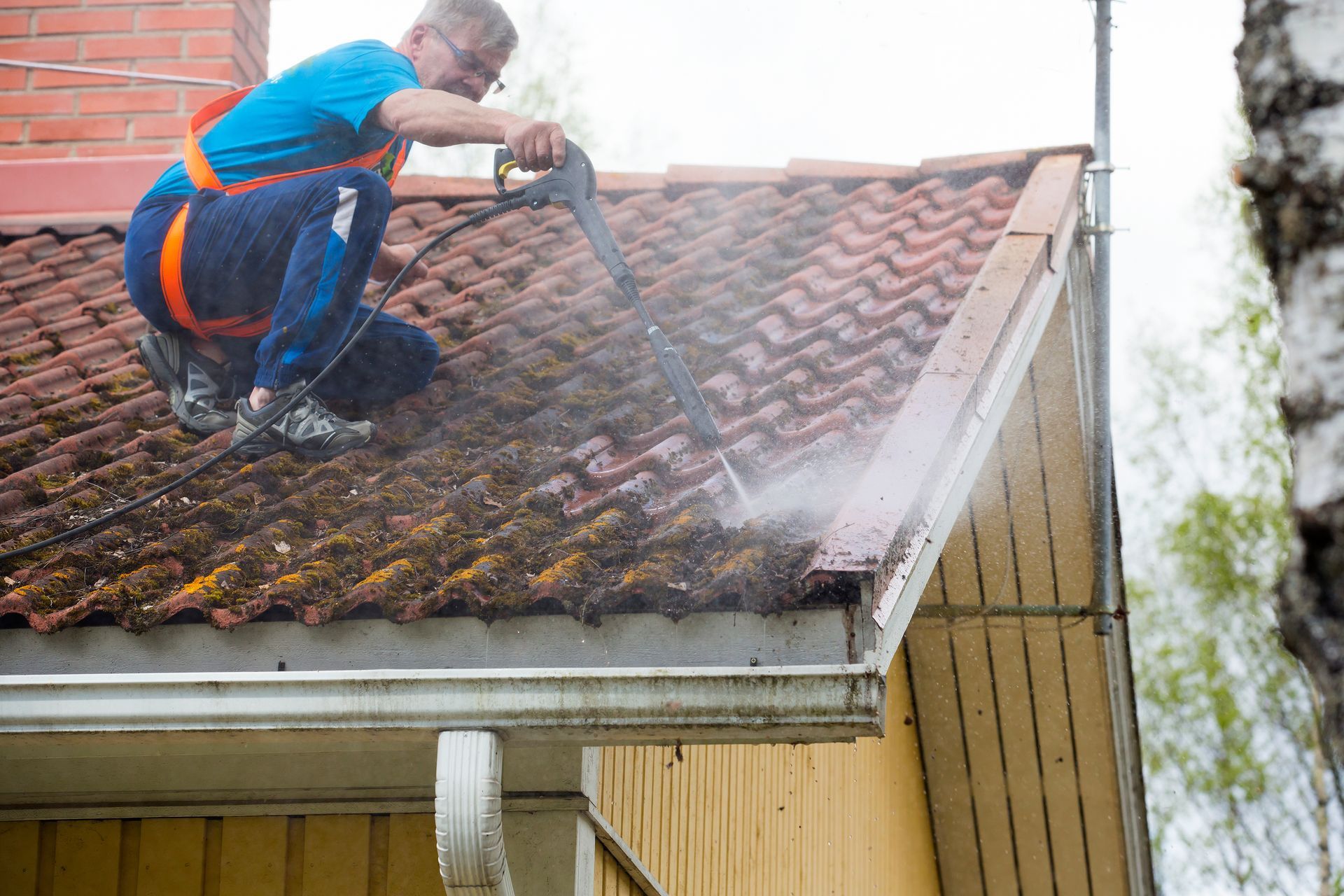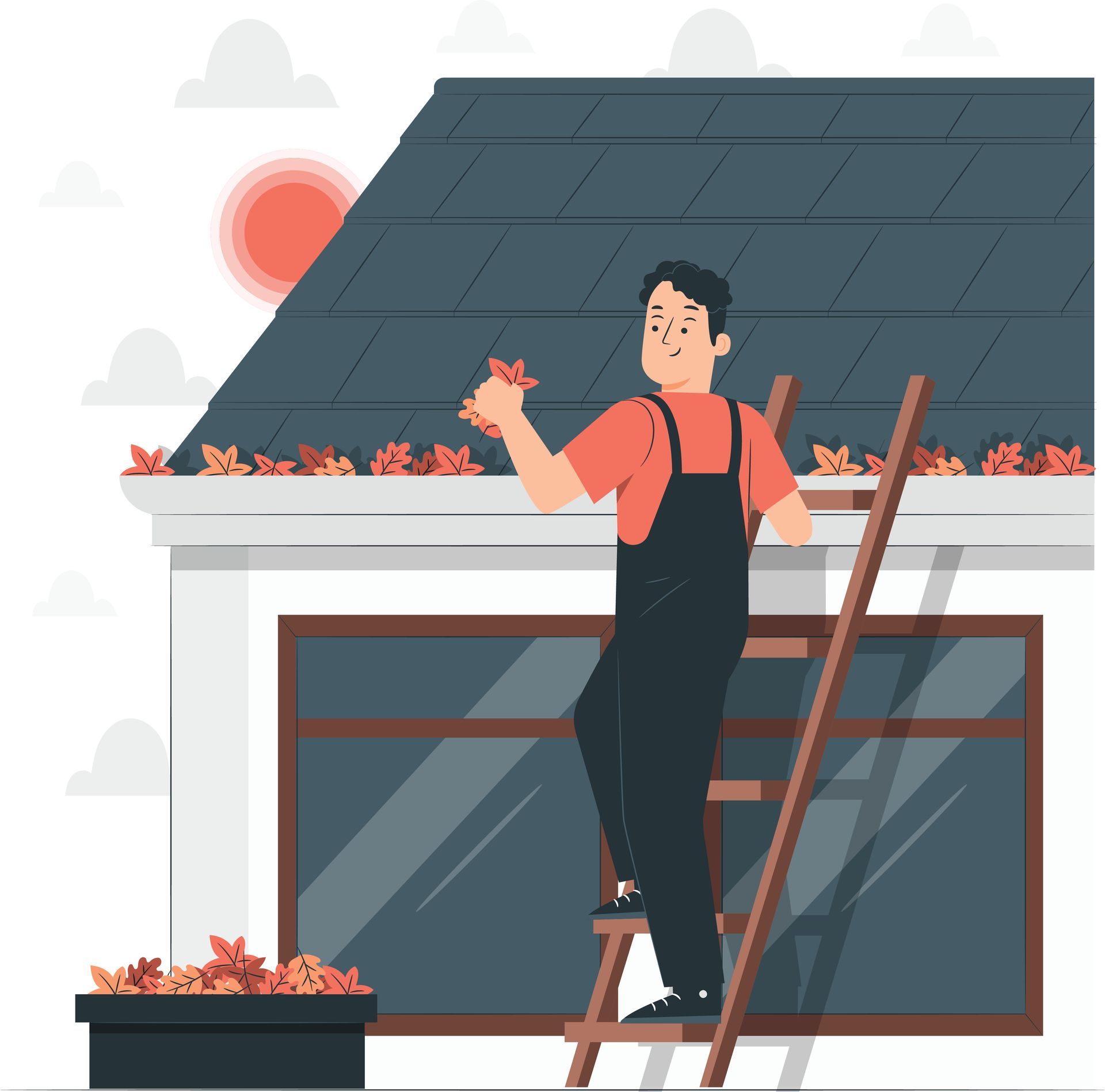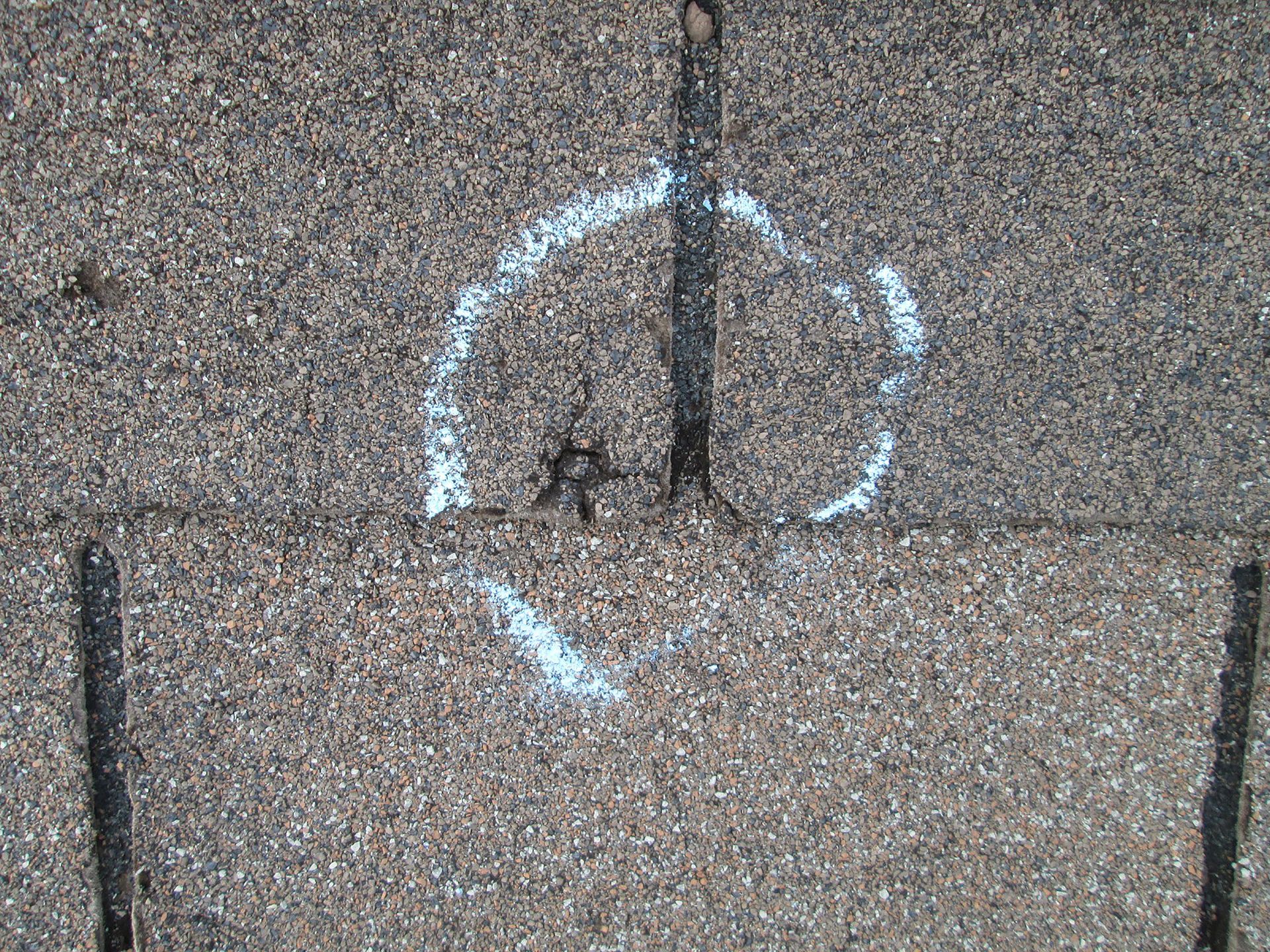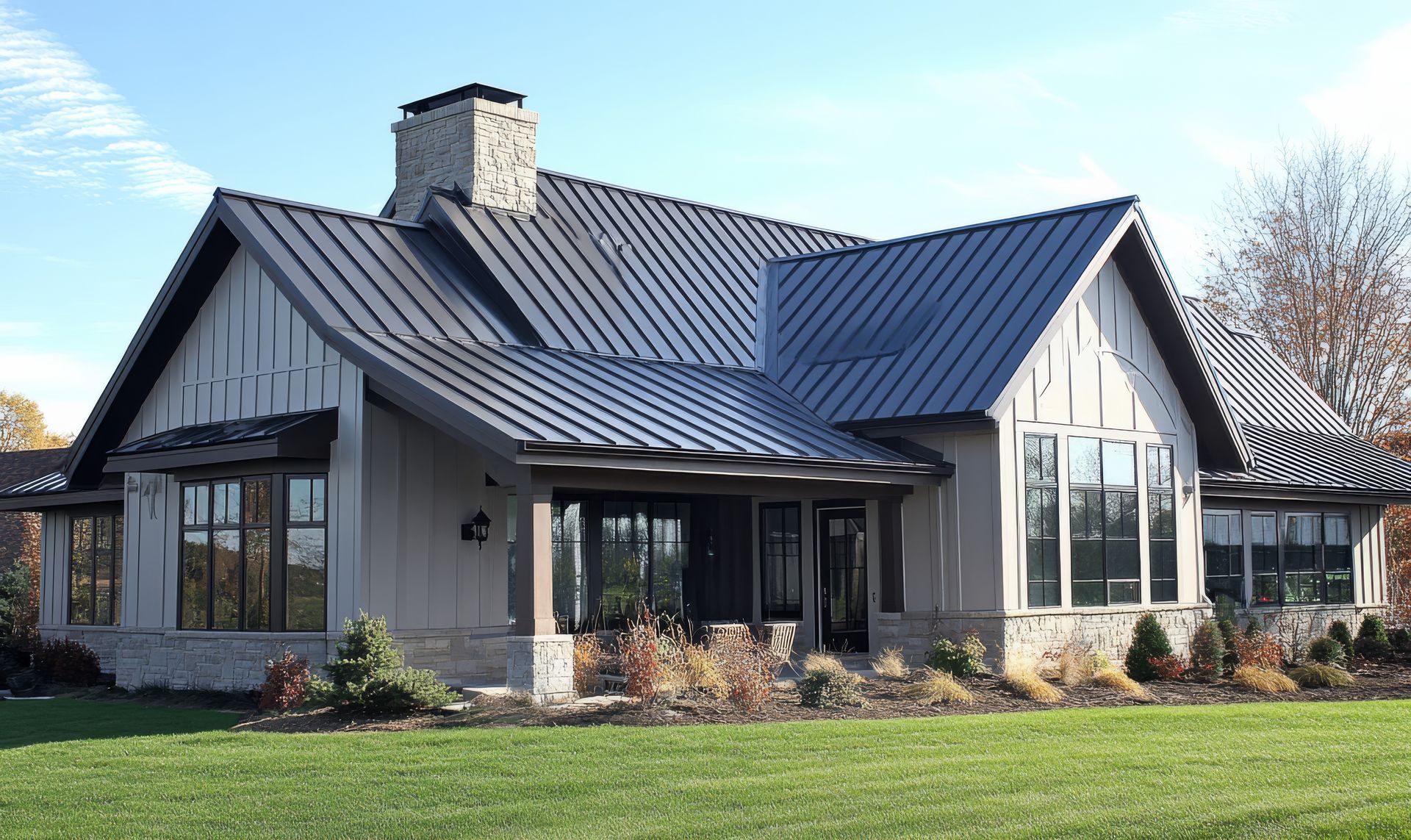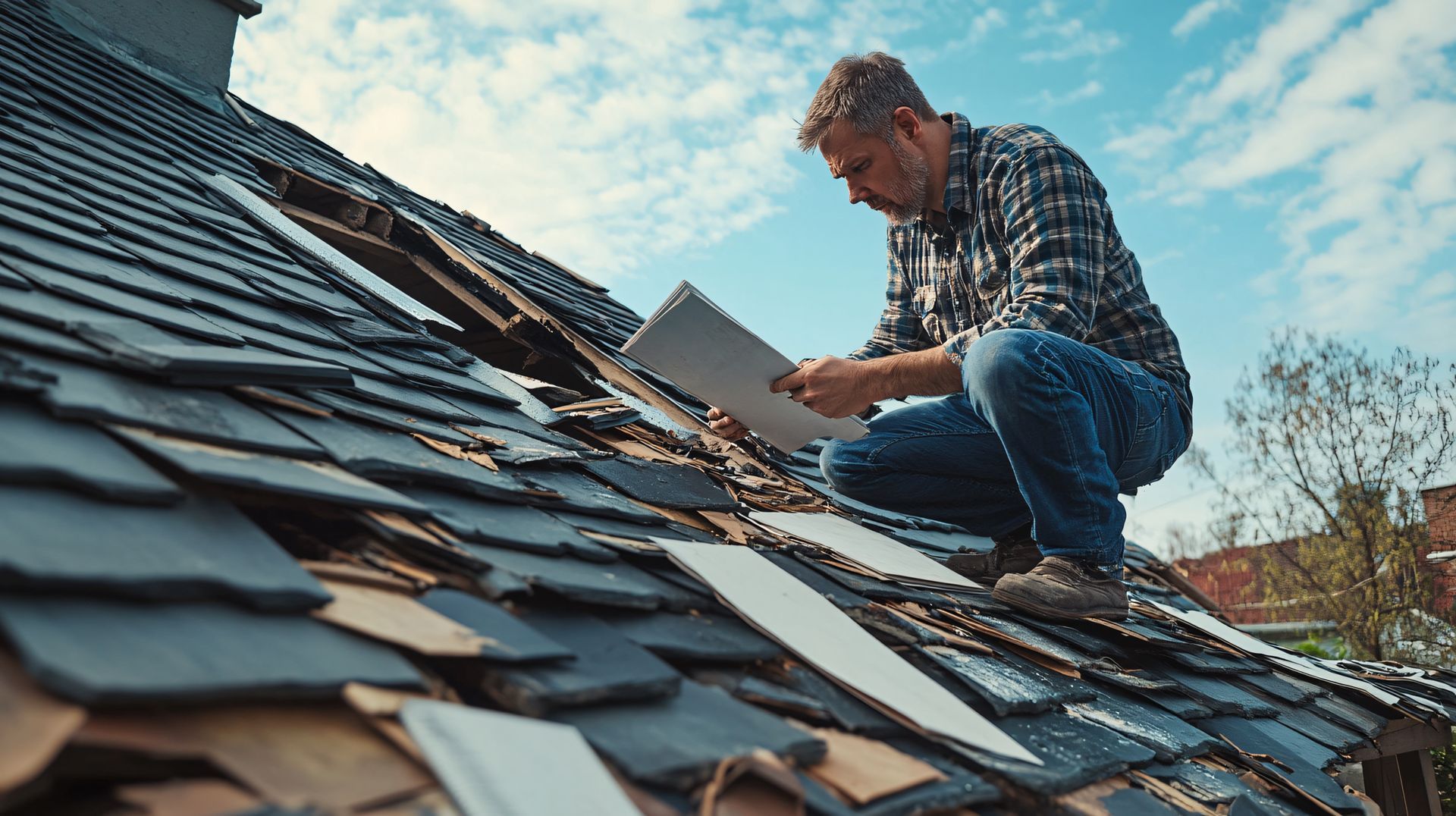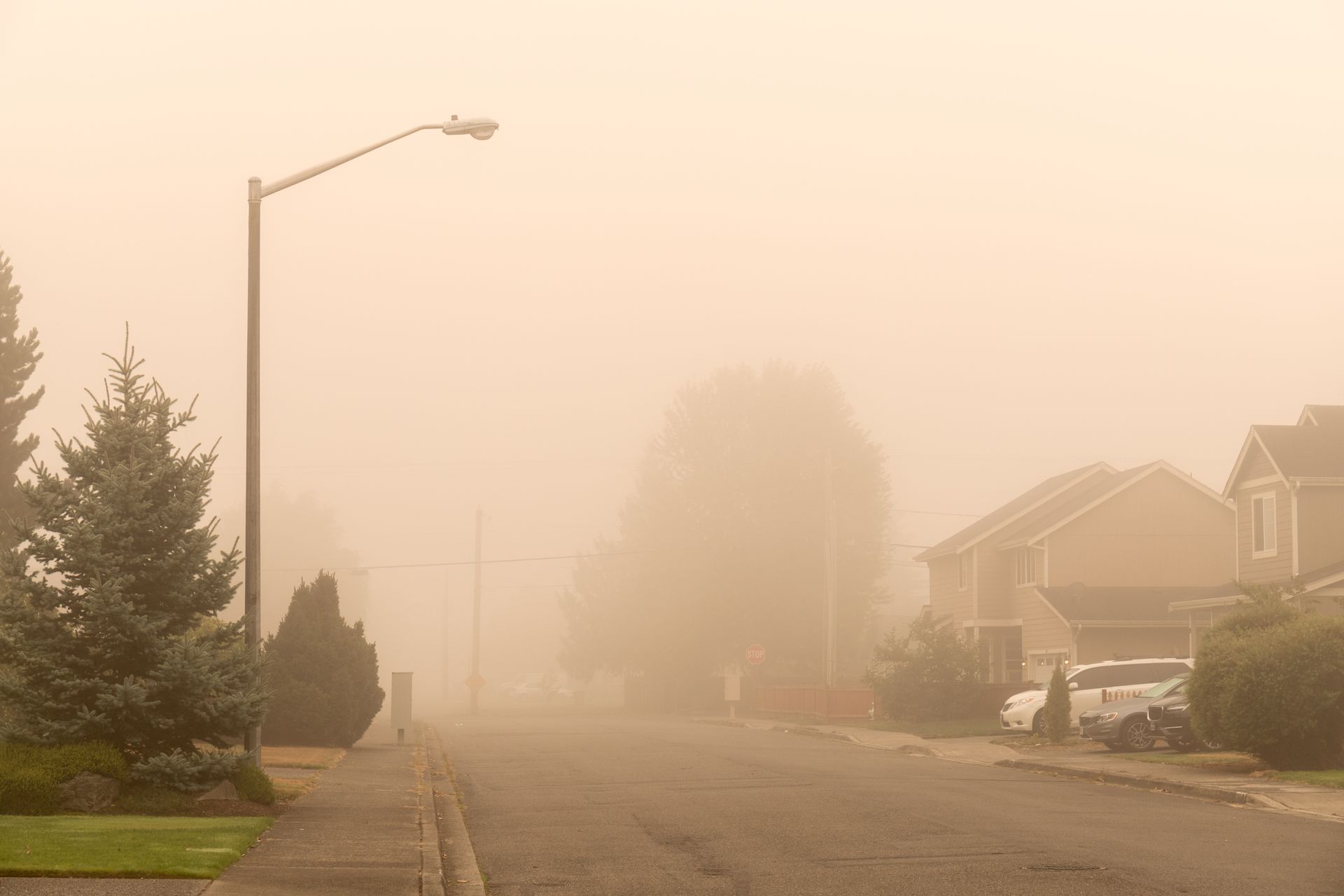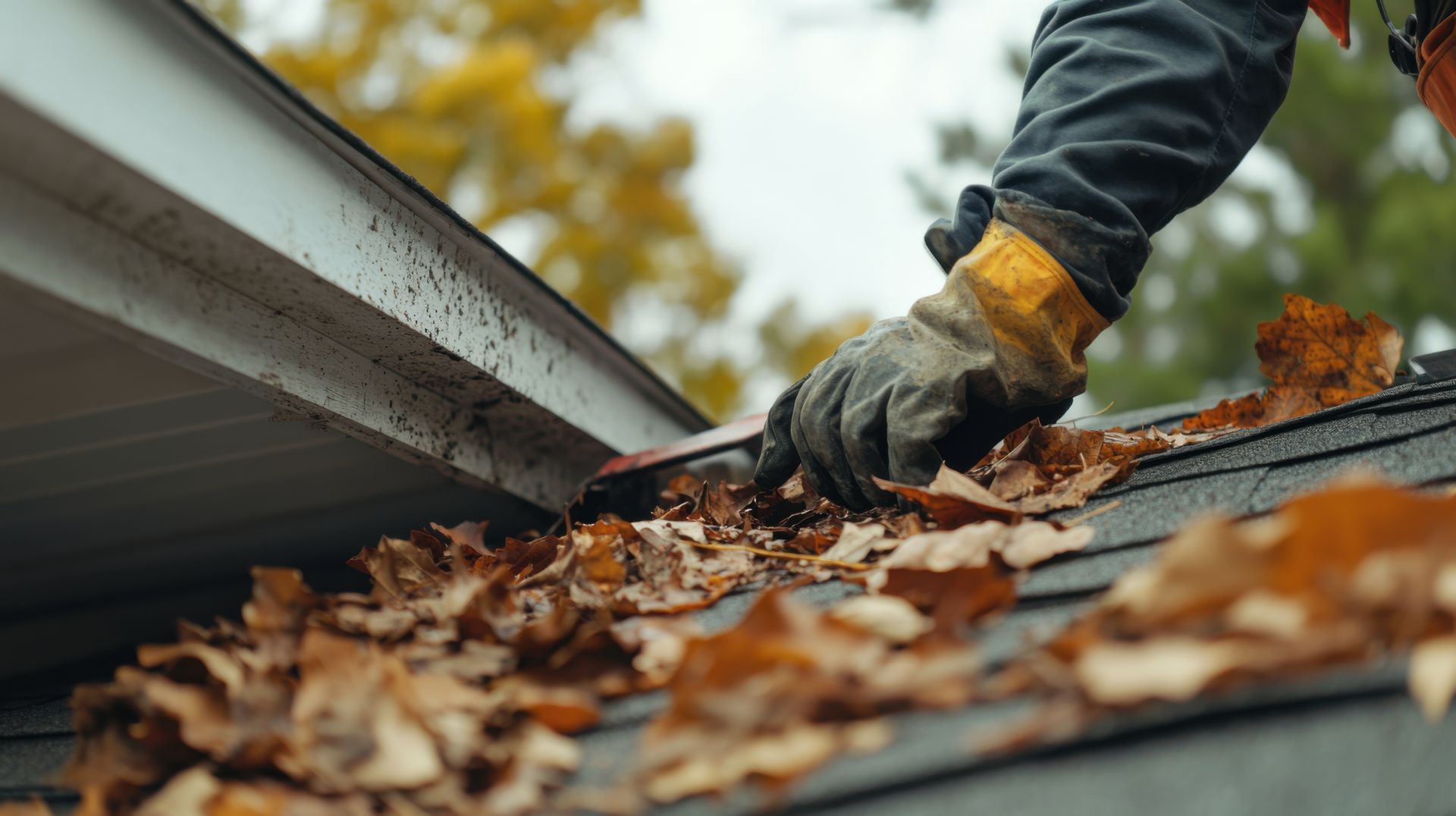How The Woodlands’ Fall Storm Patterns Impact Roof Lifespan

As summer fades into fall, most homeowners in The Woodlands look forward to cooler weather, football season and the end of triple-digit heat. But autumn in southeast Texas also marks a shift in weather patterns that can quietly shorten your roof’s lifespan.
While hurricanes and tropical systems get the most attention, it’s actually the seasonal wind shifts, humidity changes and heavier rain patterns of early fall that cause the most consistent wear on local roofing materials.
Fall Storm Fronts Bring Increased Moisture and Wind
In The Woodlands, the first weeks of fall often bring unstable weather as high-pressure systems from the north collide with Gulf moisture. This mix produces strong thunderstorms, frequent rain and gusty winds that can top 40 mph.
Even if there’s no visible damage after each storm, the repeated exposure to driving rain and changing wind direction can start to loosen shingles, lift flashing and expose nail heads. Over time, this leads to small entry points where water can seep beneath the roofing system.
Wind Direction Changes Stress Vulnerable Roof Areas
One thing that makes The Woodlands unique is its exposure to both Gulf moisture from the southeast and cold fronts from the north. When these opposing systems alternate, they shift the dominant wind direction from week to week.
This change in airflow means that parts of your roof that rarely see direct wind during the summer suddenly face powerful gusts. For example:
- North-facing slopes that usually stay shaded may experience higher uplift forces.
- Roof edges and eaves not previously tested by summer breezes become new stress points.
- Vent covers and flashing designed for one wind pattern may not seal as tightly when gusts reverse direction.
Small vulnerabilities that went unnoticed all year can become active leaks or weak spots by the end of fall.
Increased Rainfall Saturates Roof Layers
Rainfall in The Woodlands typically spikes again in early fall after a dry August. These extended rain periods increase roof saturation time, which means roofing materials stay damp for longer.
Even high-quality shingles, underlayment and decking are not designed to remain soaked for hours or days at a time. When moisture lingers, it can lead to:
- Shingle curling or blistering, especially on older roofs that have lost UV-protective granules.
- Warped decking, as wood beneath the shingles swells and contracts repeatedly.
- Mold or algae growth, particularly on north-facing slopes where sunlight is limited.
If you notice darker streaks or a patchy appearance developing on your roof in fall, that’s often algae or moisture staining, which is an early indicator of retained dampness and reduced lifespan.
Cooler Nights Create Condensation and Hidden Moisture
As nighttime temperatures drop in late September and October, condensation becomes a hidden threat. When warm, humid air inside your attic meets the cooling roof surface, water vapor turns into liquid droplets.
Without proper ventilation, that condensation can soak insulation, rafters and even the underside of your decking, silently reducing your roof’s longevity. Over time, this trapped moisture leads to:
- Wood rot and mildew in attic framing.
- Rusting of metal fasteners and flashing.
- Diminished shingle adhesion from underneath.
Falling Leaves and Debris Clog Drainage Paths
With The Woodlands’ heavy tree canopy, gutters and roof valleys can clog quickly once leaves start falling. When debris blocks drainage, water pools behind the buildup and seeps under shingles or flashing seams. Even small twigs and pine needles can trap enough moisture to create leaks during prolonged rainfall.
Routine Maintenance Extends Roof Life and Prevents Big Repairs
Most roofs in The Woodlands are built to last 20 to 30 years, but weather-related stress is the number-one factor that shortens that lifespan. A little seasonal maintenance can easily add five years or more to your roof’s performance.
Your fall checklist should include:
- A full professional inspection before peak storm activity.
- Re-sealing or replacing lifted flashing and vent boots.
- Checking attic insulation and ventilation.
- Cleaning gutters and verifying downspout drainage.
- Repairing missing shingles before cooler weather sets in.
By catching and fixing small issues early, you prevent minor wear from snowballing into major leaks or structural problems once winter rains return.
Protect Your Roof With Our High-Quality Roofing Services in The Woodlands
Your roof faces constant punishment from Texas weather. Perkins Roofing specializes in inspecting, repairing and replacing roofs built to handle The Woodlands’ unique climate.
Call us at (832) 702-0201 for a free fall roof inspection and storm-readiness assessment.
